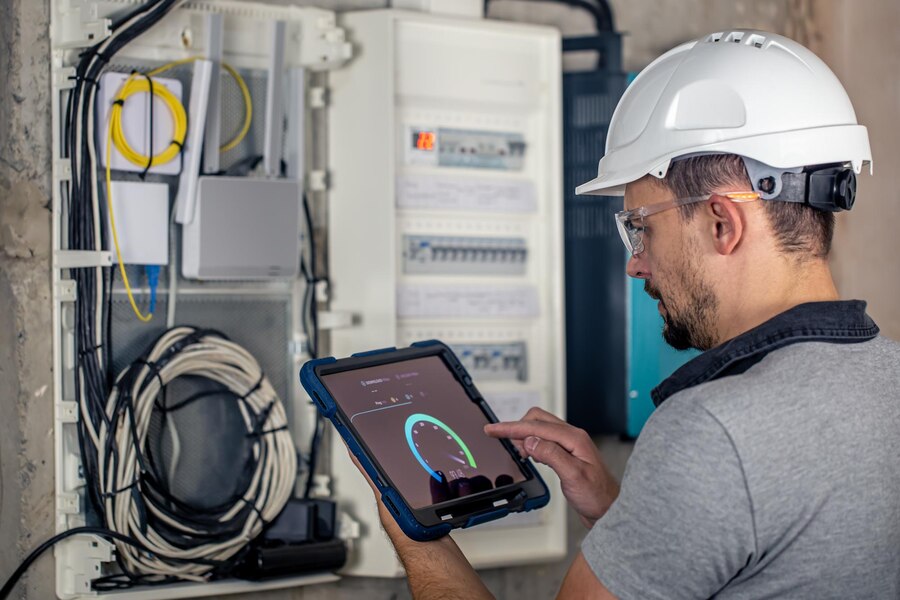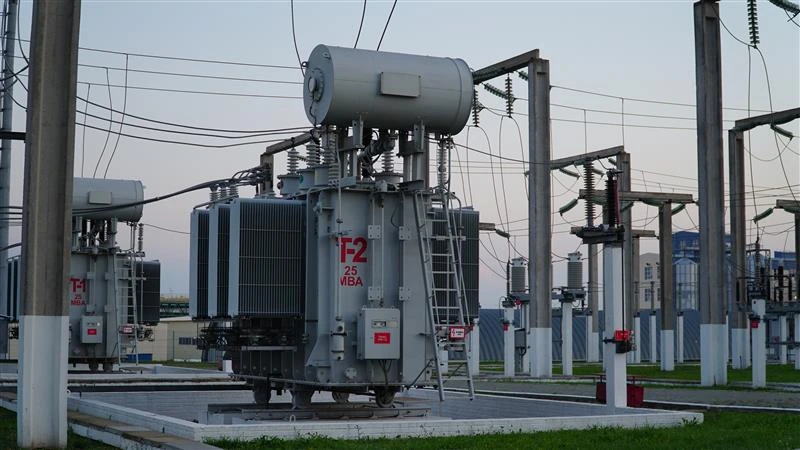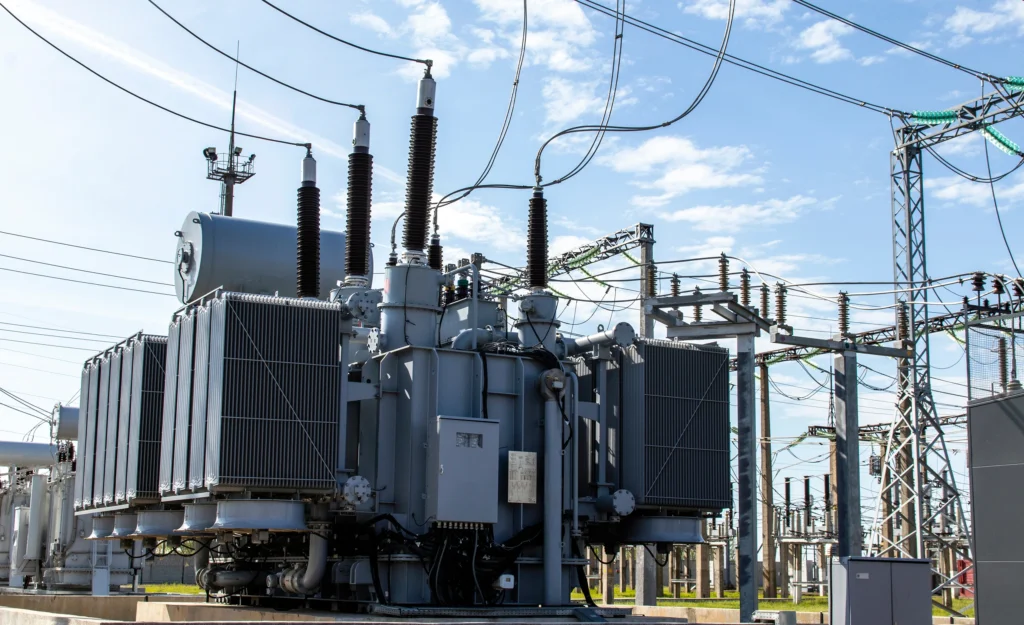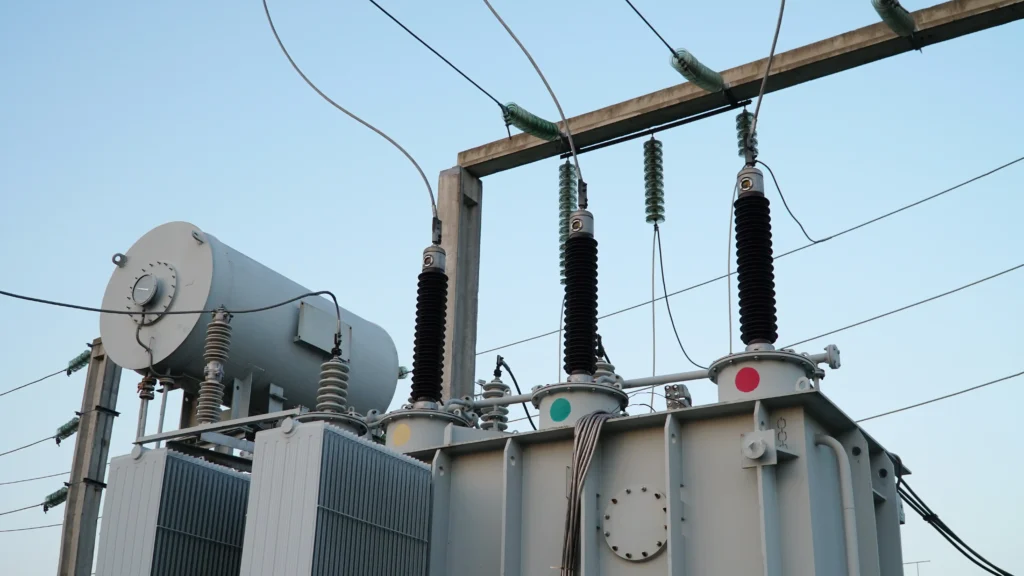Why Switchgear Temperature Monitoring is essential?
Switchgear is a device used for regulating, changing, and protecting electrical equipment and circuits in Power Transmission and Distribution networks.
The increasing demand for electric power and growing renewable energy sources call for the need to protect power systems from huge failures that could lead to a prolonged shortage of power supply. To ensure a continuous supply of power, condition monitoring of Switchgears becomes utmost important.
An accurate condition assessment of switchgear is the key for an effective preventive maintenance strategy.
How a temperature rises in medium voltage switchgear?
Sometimes, the challenges faced by medium-voltage switchgear operators and maintenance engineers are sudden and unpredictable. One of the frequent and day to day challenges is sudden rise in temperature of switchgear components.
A classic example is breakdown of circuit breaker which happens in most of the cases due to abnormal temperature rise. The undetected faults like this will intensify oxidation and heat generation which results into burning, peeling, melting, and corrosion of insulation materials.
The inordinate temperature of electrical devices directly influences its dependability. If it can’t be identified and controlled in time, the overheating degree will greatly affect the protective materials and switchgear life.
Low-voltage devices have lower current levels and higher flows, and switchgear temperatures will, in general, be higher than high-voltage switchgear. High encompassing temperature and the enormous burden is probably going to cause the temperature of low-voltage cabinets to rise out of nowhere, causing failure and low protection. The risk of a switchgear explosion may lead to compromise of safety could occur.
Selection criteria for Switchgear Temperature Monitoring System
The temperature monitoring solution for a Medium Voltage Switchgear must meet the following criterion:
- The temperature sensor must be safe and not pose any risk of electrocution.
- The temperature sensors must meet the IEEE C37.20.3 test standard for Switchgears
- The temperature monitoring must have an adequately short response time so that it gives enough time for an operator to react
- The temperature monitoring solution must be durable. The sensor must last for the lifetime of the Switchgear and monitor (datalogger) at least for 15 years.
- The temperature monitoring solution must not require frequent calibration / compensation
- The temperature monitoring solutions must have minimal maintenance requirement.
Best Switchgear Temperature Monitoring Solution
There are multiple options available in the market for temperature / Hot-Spot monitoring in the Switchgears such as Non-Contact (Thermal/IR imaging) and Direct contact (RTDs, Thermocouples, Diodes, Fiber Optic temperature sensors) measurement solutions.
Non-contact sensors like IR (Infra-Red) camera and thermal imaging cameras are being used for periodic measurement of temperature in the switchgears. These cannot be used for continuous online monitoring due the following limitations:
- Lens Alignment, Cleaning and Maintenance
- Accuracy and Repeatability
- Obstacles in installation of IR Camera
- Damage to lenses under high chemical environment (in industrial applications)
There are very limited options in the contact sensor category because most of the traditional temperature sensors are metal sensors. These metal sensors have many limitations such as safety risk, inaccurate measurement under electric field, drift in measurement over time, corrosion, self-heating etc.
Rugged Monitoring’s cost-effective Gallium Arsenide fiber optic temperature sensors offer safe, accurate, repeatable and durable temperature monitoring solution for Switchgears. It gives continuous and adequate monitoring of switchgear temperature at dangerous connection points to swiftly identify power overload and other faulty conditions. All industrial and Power companies, both public and private power, trust Rugged Monitoring’s fiber optic sensors for all their power grid temperature monitoring in all high and medium voltage switchgear. These temperature sensors make available real-time data to support operators in managing overload, thermal stress and defects introduced by difficult environmental conditions.
The continuous usage of switchgear bus bars and high voltage contact points often create hot spots that gradually lead to rust and increased current resistance. For power transmission and distribution organizations that adopt Gallium Arsenide fiber optic temperature sensing solutions, they can routinely identify the incipient faults into their switchgear and correct them before the sudden failure of complete switchgear. The temperature monitoring solution also helps them optimizing their maintenance plans and increasing apparatus lifespan.
Gallium Arsenide optical fiber temperature monitoring system for switchgears
Fiber optic temperature measurements can be used in environments with higher than 1200kV electric field, strong magnetic field, power plants and where direct contact using metal temperature sensors is not possible. The technology of fiber optic-based on gallium arsenide (crystal) is designed in a unique way that the outward coating of the fiber optic temperature sensors made out of polyimide, with a GaAs crystal attached to the tip of the glass tube. This fiber optic sensor is not conductive, and it is safe to use in highly hostile and corrosion conditions.
The estimation rule depends on white light transmitted by a GaAs (gallium arsenide) semiconductor. As the temperature of the semiconductor changes, the semiconductor’s transmission range moves too. At some random temperature there will be a wavelength at which the transmission hops from basically 0% to 100%. This movement is known as the absorption move, and the connection between the particular wavelength where the absorption move happens and the temperature is predictable.
The sensor comprises a small GaAs semiconductor crystal attached to one end of a well-cleaned optical fiber.

The System consists of:
1.Light source
2.Optical coupler
3.Rugged Spectrometer
4.Electronics for Data Processing,
5.Storage & Visualization

The process involves:
- The white light source injects the light into the fiber optic cable and the optical fiber transmit light directly to the semiconductor, GaAs
- GaAs sensor glued at the Probe Tip, allows certain wavelength to pass through and blocks the other wavelength. The wavelength that is transmitted through GaAs crystal varies with the temperature of the crystal. The GaAs crystal is attached to the measurement object/point.
- The light is reflected by a dielectric mirror at the other endo of the GaAs crystal and returns through the same fiber for analysis by the onboard Spectrometer
- Spectrometer provides the wavelength information to the electronics (CPU) and algorithms built into the CPU calculates the temperature of the measuring point / object based on the spectrum of the wavelength on the spectrometer.
Conclusion:
The use of Gallium Arsenide (GaAs) optical fiber based temperature monitoring system for medium voltage switchgears can effectively detect the hot spot or sudden temperature rise conditions without influencing the operation of circuit breakers. It provides impressive temperature estimation results and can improve the condition assessment of the electrical apparatus. Concurrently, the monitoring is also guaranteeing the individual safety and security of operations staff.
Rugged Monitoring’s temperature sensing technology is by far the best options for MV Switchgear manufacturers and owners as it meets all the requirements of Medium and High voltage monitoring. These sensing solutions has been widely used by global industrial and energy customers like Datacentres, EV Charging Stations, Oil and Gas refineries, Steel/Aluminium plants, Windfarms, Solar Power Plants, Offshore platforms etc.




